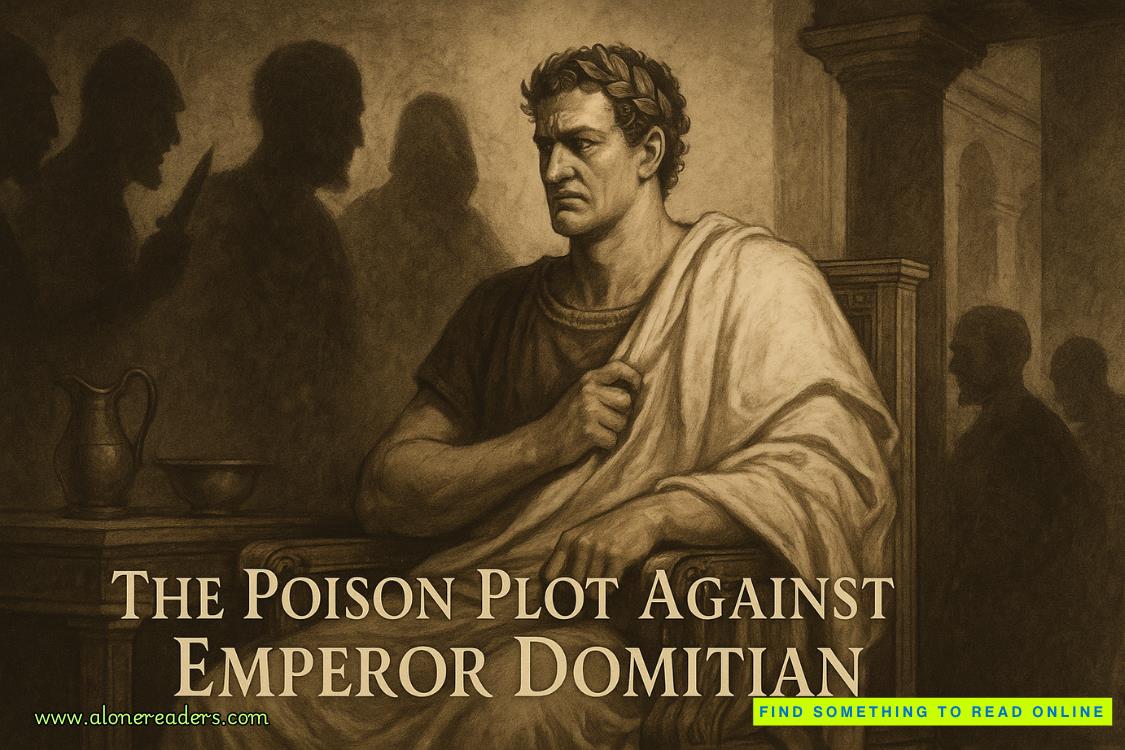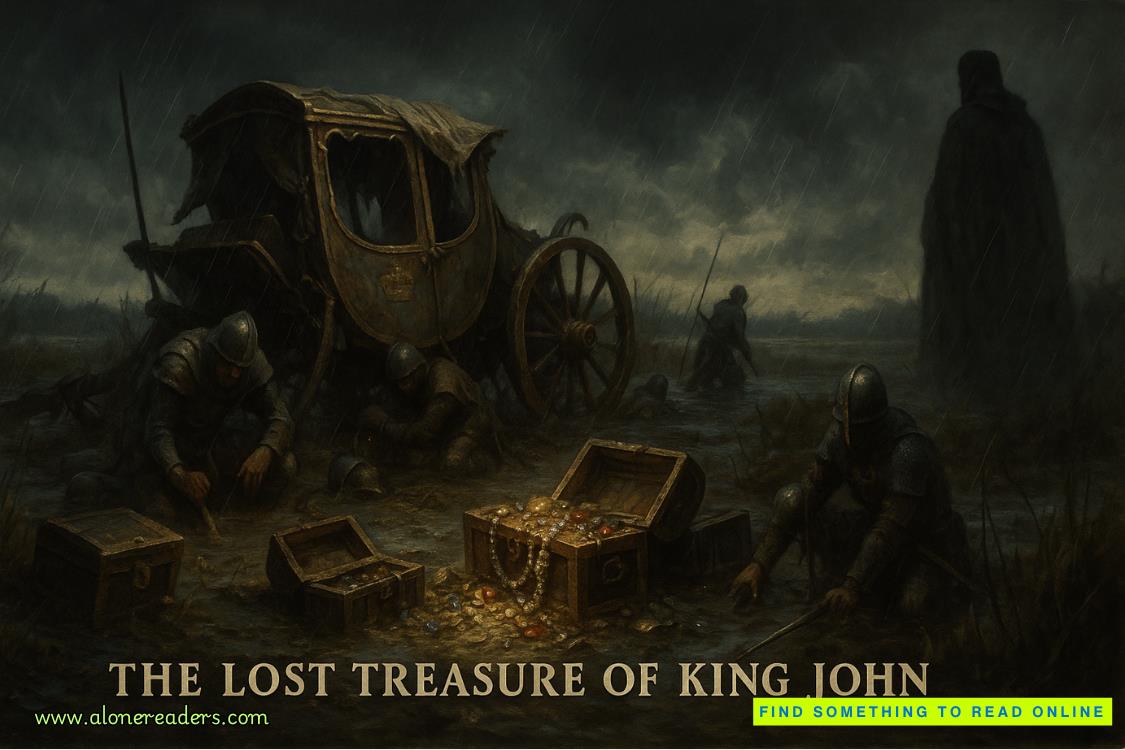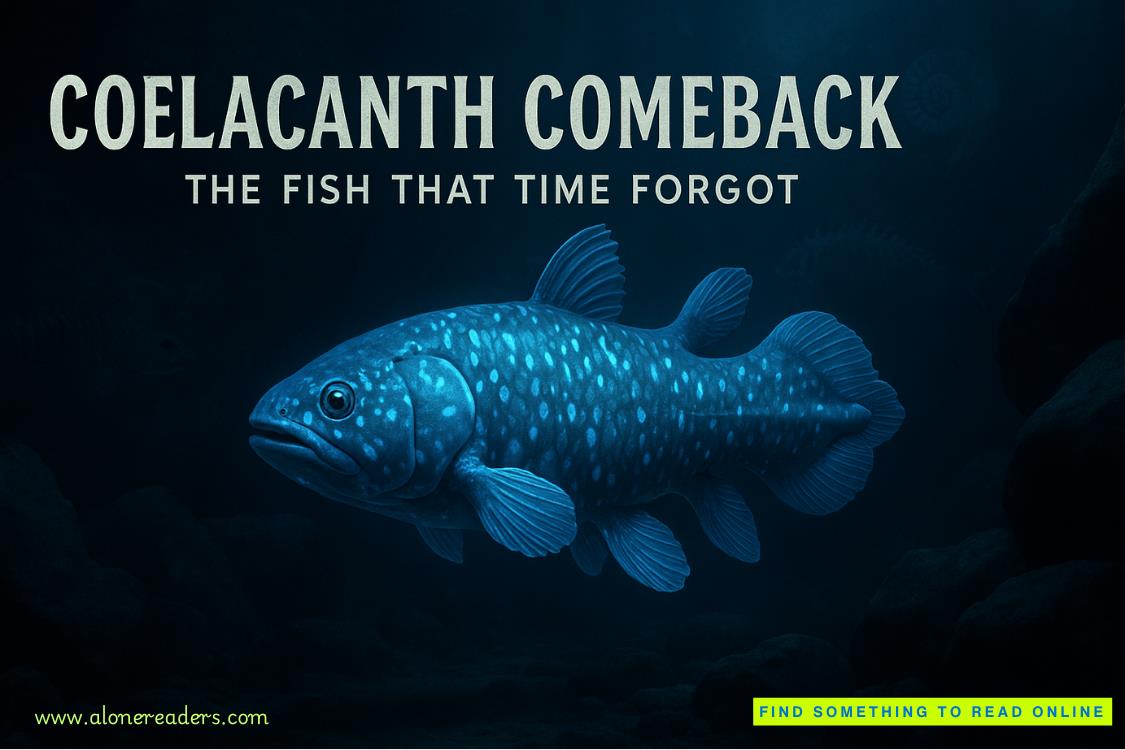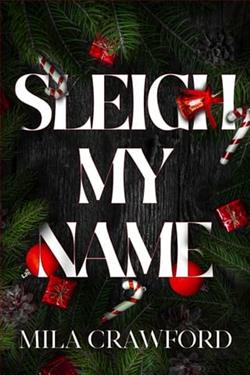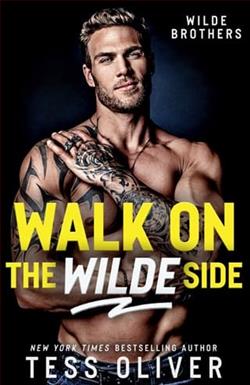Page 50 of Again with Feeling
Then I saw the title.
Death at Maplewood Manorhad been Vivienne Carver’s first novel—published before she helped solve the Nightingale murders and became an overnight celebrity. Of course, now I knew the truth: Vivienne hadn’t helped solve the murders.Death at Maplewood Manorhad been something of a flop, and Vivienne had needed a way back into the Forbidden City of publishing. So, she’d done what anybody would do. She’d fabricated a serial killer and framed an innocent woman, and in the process, she’d laid the foundation for a career as the self-proclaimed Matron of Murder.
It was hard to separate the truth from the memories that surged up.Death at Maplewood Manorhad been the first Vivienne Carver book I’d read, and I’d read this same edition—part of my parents’ personal library of mystery novels. The same dust jacket. The same murky art that made me grateful book cover designers had found a new direction after the 1980s. Even the smell of the yellowing paper and old glue brought me back to the first time I’d opened one of Vivienne’s books. And I’d fallen in love, like most of the world, with the work of one of the best writers of our time.
When I opened the cover, I was surprised to recognize Vivienne’s familiar handwriting. The inscription read,To Agatha (that’s my favorite name!), very truly yours, Vivienne Carver.
“I wanted to show you because I know what she’s done,” Mrs. Shufflebottom said, “but she was a kind person, once.”
I nodded, and I thought of the photo Jane had shown me of four teenagers with their whole lives ahead of them: the bright smiles, the hopeful eyes, the sense of the bond between them so palpable that it could only be called love. “I’m sure she was.”
We were both silent then. From the children’s section came a little boy’s laughter and the murmur of a woman’s voice. A middle-aged man in a baggy, collarless shirt lugged a stack of books toward the circulation desk.
Mrs. Shufflebottom cleared her throat and tapped the cover ofDeath at Maplewood Manor. In the voice of someone trying to act casual after a moment of strong emotion, she said, “It hasn’t aged as well as her others, of course, but it’s still a treasure.” I caught a hint of a smile as she added, “Please don’t let Keme startle you.”
Did Mrs. Shufflebottom just make another joke? I wasn’t prepared to consider that possibility.
I drank the rest of my tea (careful to keep it away from the book, of course), and tried to understand what Mrs. Shufflebottom had meant.Death at Maplewood Manorhadn’t been an initial commercial success, but after Vivienne’s starbegan to rise, critics—and readers—found a great deal to love in the book. I scanned the back copy, and it started to come together for me. Mrs. Shufflebottom was right;Death at Maplewood Manorhadnotaged as well as some of Vivienne’s other work, mostly because the book was built around a shocking revelation that, in 2018, was significantly less shocking.
The twist had to do with the victim’s affair. Throughout the book, it was clear that figuring out the identity of the victim’s romantic partner—the last person to see her alive at a midnight tryst—was the key to the whole mystery. And Viviennedidmanage to shock people—in 1987. Because inDeath at Maplewood Manor, the twist was that the victim’s lover wasa woman!!!!!!!(Shock. Awe. Gasps.) (God, using that many exclamation marks felt unbelievably liberating.) So, in that sense, Mrs. Shufflebottom was right—the novel felt dated. Homosexual relationships didn’t (or shouldn’t) have shock value anymore, and trying to use them that way went against decades of work to normalize them.
On the other hand, like most of Vivienne’s work, it was a master class in the craft of mystery. One of the reasons the twist worked so well inDeath at Maplewood Manoris that Vivienne never does anything so crass as have a character say, “Well, she was a red-blooded American woman, so we’re looking for a man.” Instead, she let the reader’s assumptions do the work for her; most readers, like the other characters in the book, simplyassumethat the victim’s lover would be a man. It was an excellent example of an old saw among mystery writers:readers will mislead themselves. All you have to do is show them what’s happening, and they’ll make up their own story—and, bonus, it’ll be much more convincing than any red herrings or misdirection you could fabricate on your own.
All the great mystery authors do it to greater or lesser extents. Elizabeth George does it in her Inspector Lynley novels—while investigating a suspect’s home, Lynley finds a shrine to his wife. The implication—and the reader’s assumption—is that the woman is dead, and the shrine is a display of grief. But it turns out (spoiler alert!)she’s alive!!!!!!!(I’m serious, it feels amazing. You should try it sometime.) Daphne du Maurier does it—that’s basically (spoiler alert) the entire plot ofRebecca!!!!!!!(Okay, that one felt like too much.) Agatha Christie was so good she could do it over and over again, and somehow she always made it work. And, of course, Vivienne had done it here, as well as in many other novels.
HoldingDeath at Maplewood Manorin my hands, I couldn’t help but wonder how much of the plot, with that final revelation of an illicit lesbian relationship, had been born out of Vivienne’s life. It’s a fallacy, and a dangerous one, to conflate an author with their characters, but it was Vivienne’s first book, and she’d written it so close to the events that had devastated her emotionally—the death of her brother, the loss of her lover, the decision to leave behind everything and stake her future on the belief that she was capable of greatness. Was it really so much of a stretch to think that the immediacy and power of that time in her life must have shaped the story she was telling?
It would be nice if it did, I thought with wry weariness. It would be lovely if I could flip through the book, spot an easy analogue for Richard’s death, and identify the killer all these years later. As though it were a secret Vivienne had buried in the text for someone else to find. Of course, that was nonsense—if she’d known who had killed Richard, she never would have hired me in the first place. Still, it was a fun idea. I tried to think of a mystery novel that featured a sleuth who solved a crime in the past by unraveling the plot of a novel. The Josephine Tey book came closest. It wouldn’t even be all that difficult to work inthat trick about having the reader mislead themselves. I mean, it happened in real life all the time—look at me. I’d assumed Vivienne and Jane had been straight simply because they’d married men—
The revelation had a physical weight, dropping in my gut. Richard’s distance from his father. Richard’s arguments with everyone in his final months. Neil and Jane. Neil wearing Richard’s bracelet.
I was an idiot, I decided.
I laid Mrs. Shufflebottom’s book on the counter, shouted, “Thanks for the tea!” and sprinted for the door.
Mrs. Shufflebottom’s polite—but stern—“Inside voice, Dashiell,” floated after me into the night.
Chapter 16
The drive to Astoria (in Bobby’s SUV) was a blur of darkness, wind-stirred trees, and the oil-paint texture of the ag fields. I tried to keep my attention on the road, but my mind was racing, turning over everything, trying to make the pieces fit. Twice, I caught myself doing 90 on roads that were like black ice, slick with the night mist that gathered along the coast, and I had to force myself to ease off the gas.
I was still in a state somewhere between excitement and stupefaction when I turned onto that familiar street outside Astoria. In a few of the little white bungalows, light showed in the windows, but Arlen’s house was dark, and so was Neil and Jane’s. I parked, reached for the door, and stopped as a second realization hit me—this one like cold water.
I had driven out here in a frenzy, determined to confront this family and learn the truth. But in my excitement, I’d overlooked one important detail: someone had tried to kill me. Someone didn’t want the truth about Richard’s death coming to light. Someone was willing to do whatever it took to stop me. And that person was here, I was sure—one of the people I was about to face.
My hesitation only lasted a moment. I was exhausted—physically and emotionally. I was exhilarated by that feeling of the pieces of a puzzle falling together. And the aftermath of my fight with Bobby was evolving from grief into a low-grade fever and the need to sink my teeth into somebody.
I dropped out of the SUV and jogged across the street.
When I knocked on Neil and Jane’s door, only silence answered. I counted to thirty and tried again. I’d lost track of thetime, so I checked my phone. At some point, I’d missed a call from Indira, and the group text had blown up. I ignored all of that. It was 9:30. I knocked again.
This time, on the other side of the door, footsteps came toward me, and then Neil asked, “Who is it?”
“Dash Dane. I need to talk to you and Jane.”
The deadbolt thunked back. The door opened. Neil was dressed in blue-striped pajamas, and his hair was sticking up in back; out of uniform, he looked older. Behind him, Jane was cinching the belt on her robe.
“I need to talk to you right now,” I said. “About Richard. I know what happened.”


